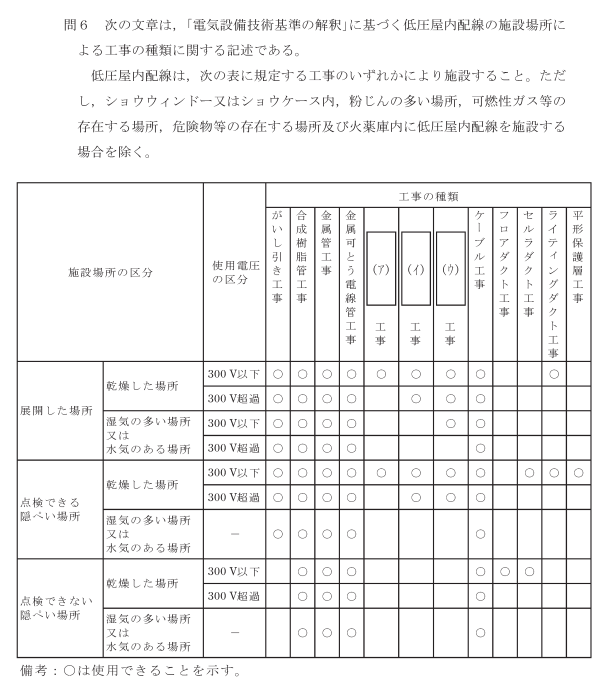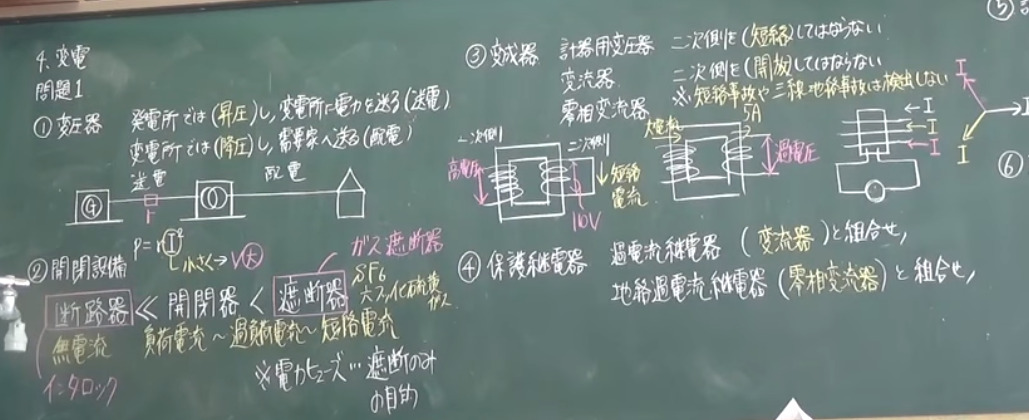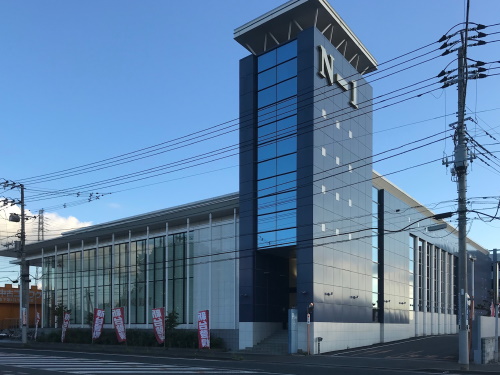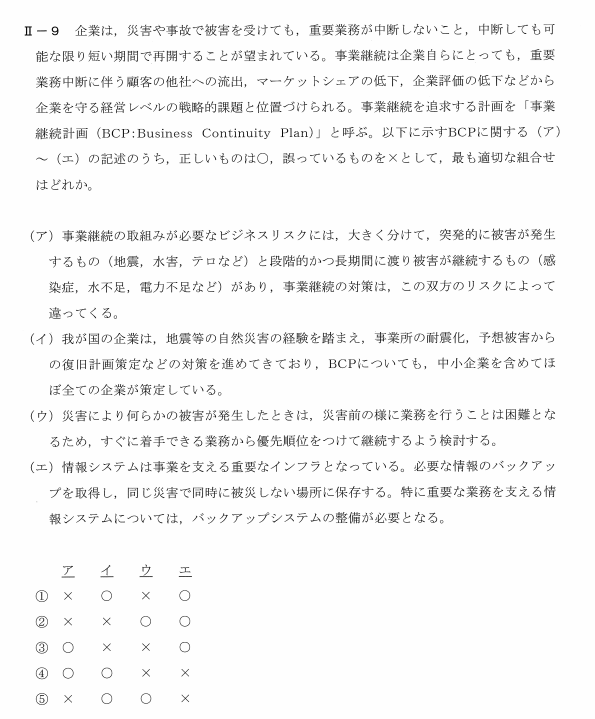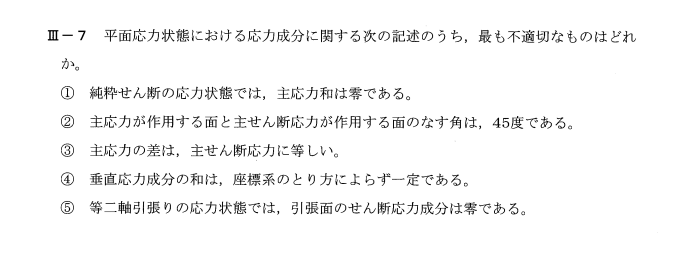ABSTRACT
The current popularity of non-fungible token (NFT) markets is one of the most notable public successes of blockchain technology. NFTs are blockchain-traded rights to any digital asset; including images, videos, music, even the parts of virtual worlds. As a first study of NFT pricing, we explore the pricing of parcels of virtual real estate in the largest blockchain virtual world, Decentraland; an NFT simply termed LAND. We show a LAND price series characterised by both inefficiency and a steady rise in value.現在、ノンファンジブルトークン(NFT)市場の人気は、ブロックチェーン技術の最も顕著な公的成功の一つである。NFTは、画像、動画、音楽、さらには仮想世界の一部など、あらゆるデジタル資産に対するブロックチェーンで取引される権利である。NFTの価格設定の最初の研究として、最大のブロックチェーン仮想世界であるDecentralandにおける仮想不動産の区画の価格設定を調査しました。我々は、非効率性と価値の安定的な上昇を特徴とするLANDの価格系列を示す。
Introduction
Decentraland is one of a new generation of virtual world, popularly referred to as metaverses, built on the blockchain. To become a citizen, all you need is to buy LAND, a coded piece of the metaverse that translates to a 16m by 16m plot of virtual land (Ordano et al., 2017). 90,601 pieces of this LAND exist, of which 43,689 are for private use. Private LAND can be traded freely, with each change in ownership, and money exchanged, permanently recorded in an ethereum smart contract. You can use your LAND as you wish. Perhaps host a game that visitors enter and play or a shop promoting virtual or real merchandise. Maybe a venue where attendees can listen to an exclusive concert or a casino to part gullible netizens from their hard-earned cryptocurrencies. The currency that fuels all this interaction is MANA and, in early 2021, it was hovering around a $1 billion value. LAND itself trades at about $6000 a lot. Decentraland, and their LAND, are examples of the growth of non-fungible tokens (NFT). An NFT is a blockchain-recorded right to a digital asset. This can be anything digital; an image, a video, a song, a digital trading card of your favourite baseball player, a coded piece of virtual land, or a virtual tunic for your virtual character to wear while he explores his virtual land. NFTs primarily trade through online marketplaces, and early 2021 has seen these markets explode in popularity. A peak point (so far) was an NFT auction by Christie’s auction house, which sold an NFT digital collage by artist Mike Winkelmann for $69.3 million (Crow and Ostroff, 2021), one of the highest prices ever paid for any work of art. Google Trend data shows the term NFT having virtually no interest up until January 2021, to peak interest currently.1 News media interest also shows significant recent growth as seen in Fig. 1. Trade in NFTs matches the news growth, with a popular transaction website2 estimating lifetime trading volumes to 17th March 2021 at $440m, but that $200m of those sales were just in the single month up to 17th March. No previous study has examined NFT pricing, and this is important to address given the size of this new asset market, particularly the growth rate. In this study, we provide a first exploration of how these digital assets are being traded. We take trade in Decentraland LAND NFTs as a dataset as the LAND NFT is reasonably uniform and therefore amenable to assessment as a price series. We also consider the mental association between the virtual asset LAND and the long-established asset of physical land as interesting, as traders may have implicit pricing frameworks in mind when trading this NFT. At this early stage in the markets development, our intent is to describe pricing and identify whether this pricing is efficient or approaching efficiency. Our study can be related to the burgeoning cryptocurrency pricing literature. Although what we study should be considered distinct, as cryptocurrencies are conceptualised primarily as a medium of exchange, even if they show speculative asset properties (Baur et al., 2018). NFTs, on the other hand, are conceptualised as pure assets, just in digital form. Nevertheless, given NFTs are most frequently bought with cryptocurrencies as the means of payment, and are based on ethereum smart contracts, there should be some commonalities. We also expect that traders of cryptocurrencies will be the leading traders in NFTs, due to their familiarity with buying and using cryptocurrencies. Therefore, we expect some inefficiency in pricing behaviour in NFTs, similar to early cryptocurrency pricing (Cheah and Fry, 2015; Urquhart, 2016). This study’s main contribution is to act as a first investigation of the efficiency of pricing behaviour in NFTs, and to introduce that market for economic analysis. Given the size, growth, and novel specification of this new market in digital assets, such a study provides an important insight into pricing behaviour in early-stage markets (Khuntia and Pattanayak, 2018). The next section describes the data and testing approach, and the following section presents the findings.
Decentralandは、ブロックチェーン上に構築された新世代の仮想世界、俗にメタバースと呼ばれるものの一つである。市民になるために必要なのは、16m×16mの仮想土地の区画に相当するメタヴァースのコード化された部分であるLANDを購入することだ(Ordano et al.、2017)。このLANDは90,601個存在し、そのうち43,689個が私的利用用である。私有地は自由に取引することができ、所有権の変更やお金のやり取りは、イーサリアムのスマートコントラクトに永久に記録されます。自分のLANDを自由に使うことができる。例えば、来場者が入って遊ぶゲームや、バーチャルやリアルの商品を販売するショップを開催することができます。参加者が特別なコンサートを聴くことができる会場や、騙されやすいネットユーザーが苦労して稼いだ暗号通貨を分けるためのカジノを開くこともできる。このような交流の原動力となる通貨がMANAで、2021年初頭には10億ドル前後の値を推移していた。LAND自体は1ロット6000ドル程度で取引されている。Decentraland、そして彼らのLANDは、non-fungibleトークン(NFT)の成長の例である。NFTは、デジタル資産に対するブロックチェーンに記録された権利である。NFTは、画像、ビデオ、歌、お気に入りの野球選手のデジタルトレーディングカード、コード化された仮想土地、仮想キャラクターが仮想土地を探索する際に着用する仮想チュニックなど、あらゆるデジタル資産を入手できる権利です。NFTは主にオンラインマーケットプレイスを通じて取引され、2021年初頭、これらの市場は爆発的な人気を博しました。これまでのところ)ピークとなったのは、クリスティーズ・オークションハウスによるNFTオークションで、アーティストMike WinkelmannのNFTデジタルコラージュが6930万ドル(Crow and Ostroff, 2021)で落札され、芸術作品としては史上最高額となった。Google Trendのデータによると、NFTという用語は2021年1月まではほとんど関心を持たれておらず、現在では関心がピークに達している1。NFTの取引はニュースの伸びと同様で、人気の取引サイト2 は2021年3月17日までの生涯取引量を4億4,000万ドルと推定していますが、そのうち2億ドルは3月17日までの1カ月間だけでの販売となっています。NFTのプライシングを検討した先行研究はなく、この新しい資産市場の規模、特に成長率を考えると、この点を検討することは重要です。この研究では、これらのデジタル資産がどのように取引されているかを初めて調査しました。ランドNFTは合理的に均一であるため、価格系列として評価することが可能であることから、ディセントラルおよびランドNFTの取引をデータセットとして取り上げる。また このNFTを取引する際、トレーダーは暗黙のうちに価格設定の枠組みを考えている可能性があるため、仮想資産LANDと物理的な土地という長年確立された資産との間の精神的関連性は興味深いものであると考えられる。市場発展の初期段階において、我々は価格設定を説明し、この価格設定が効率的であるか、または効率に近づいているかを明らかにすることを意図している。我々の研究は、急成長している暗号通貨の価格設定に関する文献と関連付けることができます。暗号通貨は投機的な資産特性を示すとしても、主に交換媒体として概念化されているため、我々が研究するものは別物と考えるべきですが(Baur et al.、2018)。一方、NFTは、デジタル形式であるだけの純粋な資産として概念化されている。とはいえ、NFTが最も頻繁に暗号通貨を支払い手段として購入され、イーサリアムのスマートコントラクトに基づいていることを考えると、いくつかの共通点があるはずです。また、暗号通貨のトレーダーは、暗号通貨の購入と使用に精通しているため、NFTの主要なトレーダーになると予想されます。したがって、初期の暗号通貨の価格設定(Cheah and Fry, 2015; Urquhart, 2016)と同様に、NFTの価格設定行動には何らかの非効率性があると予想されます。本研究の主な貢献は、NFTにおける価格設定行動の効率性の最初の調査として機能し、その市場を経済分析に導入することである。デジタル資産におけるこの新しい市場の規模、成長、斬新な仕様を考えると、このような研究は、初期段階の市場における価格設定行動に対する重要な洞察を提供する(Khuntia and Pattanayak, 2018)。次節では、データとテストのアプローチについて説明し、次節では調査結果を示す。
Methodology
Our dataset is all secondary market trades in Decentraland LAND tokens from the period March 2019 to March 2021.3 We have 4936 trades of LAND in our dataset, with trades on 720 out of the 749 days in our time frame. The average LAND price is $1311, as per the descriptive statistics in Table 1. Fig. 2 shows the strong upward price trend in recent months and highlights that daily data is subject to extreme volatility. We, therefore, primarily use weekly data in our testing, something which is suited to a low transaction volume market. We rely on a suite of tests informed by initial cryptocurrency markets studies by Khuntia and Pattanayak (2018) and Urquhart (2016) for our market efficiency tests. As a first step, we are interested in whether there is evidence of martingale market efficiency in LAND pricing. As a second step, we are further interested in whether the market for LAND is suggestive of adaptive market efficiency. That is, whether the market shows evidence of improvement in efficiency over time. Our tests are: a modern version of the classic variance ratio test; the automatic variance ratio (AVR) test (Kim, 2009). A similar test that is more suitable for smaller data samples, such as our two years of weekly data; the automatic portmanteau (AP) test (Escanciano and Lobato, 2009). We also use the Domínguez and Lobato (2003) (DL) consistent test due to its robustness to various data non-normalities. Lastly, we explore the memory of the time series further with Hurst exponents. We use the Weron (2002) corrected empirical components test variant of Hurst due to this test variant’s suitability for smaller data samples.
我々のデータセットは、2019年3月から2021年3月までの期間におけるDecentraland LANDトークンのすべてのセカンダリーマーケット取引です3。我々のデータセットには4936件のLANDの取引があり、時間枠の749日のうち720日に取引が行われています。表1の記述統計によると、LANDの平均価格は1311ドルです。図2は、ここ数ヶ月の価格の強い上昇傾向を示しており、日次データが極端なボラティリティに左右されることを浮き彫りにしています。そのため、取引量の少ない市場に適した週次データを主に用いて検証を行いました。我々は市場の効率性のテストに Khuntia and Pattanayak (2018) と Urquhart (2016) による初期の暗号通貨市場の研究から得た一連のテストに依存しています。第一段階として、我々はLAND価格におけるマーチンゲール市場効率性の証拠があるかどうかに興味がある。第二段階として、我々はさらに、LANDの市場が適応的な市場効率を示唆するものであるかどうかに関心がある。つまり、時間の経過とともに市場が効率性を向上させる証拠を示しているかどうかである。我々のテストは、古典的な分散比テストの現代版である自動分散比(AVR)テストである(Kim, 2009)。2年間の週次データのような小さなデータサンプルに適した類似のテスト; 自動ポートマントー(AP)テスト (Escanciano and Lobato, 2009). 我々はまた,さまざまなデータの非正規性に対して頑健であることから,Domínguez and Lobato (2003) (DL) consistent testを使用する.最後に、Hurst 指数を用いて時系列のメモリをさらに探索します。我々は、Weron (2002)の補正された経験的成分検定のHurstの変種を使用しますが、これはこの検定がより少ないデータサンプルに適しているためです。
Findings
Fig. 3 reports the core market efficiency findings. These show a rolling window of p-values for the AVR, AP, and DL tests. We allow a 40-week rolling window to balance the need for sufficient data with the limited time period we have available. We also summarise, in Table 2, the results based on weekly and daily data, and for two daily sub-periods. In Fig. 3, times of market inefficiency are shown by the p-value being below 0.05. While there are more periods where the market is not inefficient in the second half of the chart, the picture, consistent across all measures, is that pricing is generally inefficient. We also note that the AP test shows the smoothest pattern over time, perhaps because of its better suitability for smaller samples. In Fig. 4, we add to the efficiency exploration by charting Hurst scores in rolling 40-week windows. The chart shows a dividing line between above and below 0.5. A value above 0.5 indicates positive autocorrelation – that positive or negative returns tend to be followed by the same direction of return. Values below 0.5 indicate switching behaviour, with high return weeks followed by low return weeks. The findings are interesting because we see for much of the time period, switching behaviour dominated, but since the beginning of January 2021, there has been significant positive autocorrelation. Table 2 confirms the Hurst scores as the most informative measure, with the AVR, AP, and DL tests at the aggregate level simply confirming market inefficiency. For Hurst, at the aggregate level, we see a score reasonably close to 0.5 for weekly data, but there is clear evidence of switching behaviour at the daily level.
図3は、市場の効率性に関する主な知見を報告したものである。これらは、AVR、AP、DLテストのp値のローリングウィンドウを示している。我々は、十分なデータの必要性と利用可能な限られた期間とのバランスをとるために、40週間のローリングウィンドウを許容している。また、表2には、週次、日次、および2つの日次サブ期間の結果をまとめている。図3では、p値が0.05を下回ることで市場が非効率的な時間帯を表している。図表の後半では市場が非効率的でない期間の方が多いが、すべての指標で一貫しているように、プライシングは概して非効率的であるという図式になっている。また、AP テストは、おそらくより少ないサンプルに適しているため、時間の経過とともに最も滑らかなパターンを示していることにも注目します。図4では、40 週間ごとのハースト スコアをグラフ化することで、効率性の探求を追加してい ます。このチャートでは,0.5 を超えるか下回 るかの境界線が示されている。0.5 以上の値は正の自己相関を示し、正または負のリターンが同じ方向のリターンに続く傾向があることを示しています。0.5以下の値は、スイッチング行動を示し、高いリターンの週と低いリターンの週が続くことを示します。この結果は、期間の大半はスイッチング行動が支配的であったが、2021年1月の初めから、正の自己相関が顕著になっていることを示すものであり、興味深いものである。表2は、Hurstスコアが最も情報量の多い指標であることを確認し、集計レベルでのAVR、AP、DLテストは、単に市場の非効率性を確認するものである。Hurstについては、集計レベルでは、週次データで0.5に適度に近いスコアが見られますが、日次レベルではスイッチング行動の明確な証拠があります。
Conclusions
In this exploratory study, we have introduced pricing behaviour in the rapidly growing market for NFTs. Our initial finding is of inefficiency in pricing, but despite this, a rapid rise in value. This inefficiency is not necessarily surprising. Early-stage markets tend to be driven by a volatile search for suitable pricing models and only slowly emerging market efficiency (Khuntia and Pattanayak, 2018). Our results are probably likely to even flatter on how efficient NFT markets are. For example, there might be market manipulation in pricing, or other fraudulent behaviour. Fraud is an impactful part of cryptocurrencies (Grobys, 2021), so it might also be a part of current or future NFT markets. There are some limitations to the study. The relatively small number of trades we have available is a clear limitation, albeit that this is a necessary feature in early studies. We also have not taken account of the differences between plots of land (location, nearby amenities), which will be important in pricing. This omission is also a factor of the limited number of transactions that are available. The prospects for future studies are potentially limitless, as at the beginning of any new market. An obvious further question is whether there is connection between NFT pricing and cryptocurrency pricing. That is the subject of a companion subsequent study (Dowling, 2021). We could also consider connections to wider asset markets, including stock and bond markets. Another interesting prospective study is on whether there is a fundamental model driving price determination in NFTs. There are also many more NFT markets outside of the single market studied here, so expanding to these new NFT markets would be highly interesting. Something broader to consider is that the asset we track, virtual land, at least has a vivid physical world equivalent in the real estate market, to guide decision making. One wonders what pricing models and physical world learning can possibly apply in the currently most valuable NFT market; the CryptoPunks market of unique and absurd digital comic characters. Fig. 3.Rolling window (40-week) p-value results from automatic variance ratio (AVR), automatic portmanteau (AP), and consistent test (DL) tests of Decentraland LAND NFT market efficiency. M. Dowling今回の探索的研究では、急成長するNFTの市場における価格設定行動を紹介しました。最初の発見は、価格設定の非効率性と、それにもかかわらず、価値の急激な上昇であった。この非効率性は必ずしも驚くべきことではありません。初期段階の市場は、適切な価格設定モデルの不安定な探索によって駆動される傾向があり、市場の効率性が徐々に現れてくるだけである(Khuntia and Pattanayak, 2018)。私たちの結果は、おそらくNFT市場がどの程度効率的であるかについて、さらに平坦になる可能性があります。例えば、価格設定における市場操作や、その他の不正行為があるかもしれません。不正行為は暗号通貨に影響を与えるものであるため(Grobys, 2021)、現在または将来のNFT市場の一部でもあるかもしれません。この調査にはいくつかの限界があります。利用可能な取引数が比較的少ないことは、初期の研究では必要な機能であるとはいえ、明らかな限界です。また、価格設定において重要となる土地ごとの違い(立地、周辺環境)については考慮していません。これは、取引件数が限られていることも要因の一つである。今後の研究の展望は、新しい市場の初期と同様、無限に広がる可能性がある。さらに明らかな疑問は、NFTの価格設定と暗号通貨の価格設定との間に関連性があるかどうかです。これについては、後続の研究(Dowling, 2021)の対象である。また、株式市場や債券市場など、より広い資産市場との関連も考えられる。また、NFTの価格決定を駆動する基本的なモデルが存在するかどうかについても、興味深い先行研究があります。また、今回研究した単一市場以外にも多くのNFT市場が存在するので、こうした新しいNFT市場への展開も非常に興味深い。私たちが追跡している仮想の土地という資産は、少なくとも不動産市場という現実の世界と同等のものであり、意思決定の指針になるということを、もっと広く考えてみる必要があります。現在最も価値のあるNFT市場、ユニークで不条理なデジタルコミック・キャラクターのCryptoPunks市場で、どのような価格設定モデルや物理的世界の学習が適用できるのだろうか、と考えています。図3.Decentraland LANDのNFT市場効率性の自動分散比(AVR)、自動ポートマントー(AP)、整合性テスト(DL)のローリングウィンドウ(40週)のp値結果。M. Dowling
